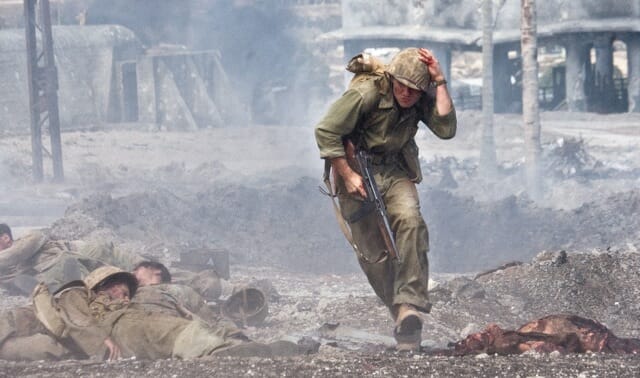The Pacific: “Part 6” (1.06)

It wouldn’t be unusual, and even a little understandable, for viewers of The Pacific to change channels during the HBO series’ graphic battle scenes, with their vivid reenactments of Marines being torn apart by enemy fire. Detached limbs, gaping wounds and copious amounts of blood can take a psychological toll. But that’s the point—by taking us as close to the events as possible, short of actually being there, we better understand the emotional impact the battles are having on the men.
-

-

-

-

-

-

-

-

-

-

-

-

-

-

-

-

-

-

-

-

-

-

-

-

-

-

-

-

-

-

-

-

-

-

-

-

-

-

-

-








































